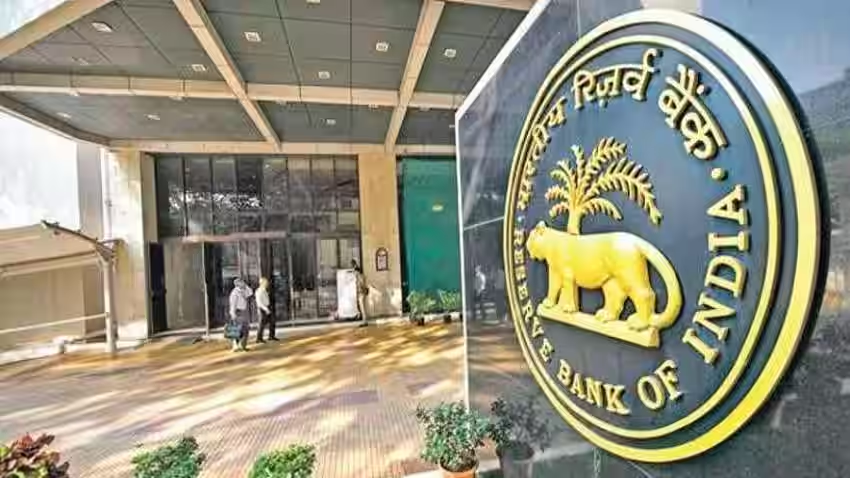Free Courses Sale ends Soon, Get It Now


Free Courses Sale ends Soon, Get It Now



Copyright infringement not intended
Picture Courtesy: www.zeebiz.com
Context: The Reserve Bank of India (RBI) has issued new guidelines on state guarantees to address the risks associated with them.
Details
Key Highlights of the recommendations made by a working group
Definition of Guarantee
Expansion of Guarantee Definition
Restrictions on According Guarantees
Risk Determination
Ceiling on Issuance of Guarantees
Disclosures
|
These recommendations aim to enhance transparency, risk management, and fiscal discipline in the extension of guarantees by State governments, providing guidelines for their issuance and disclosure. |
Must Read Articles:
|
PRACTICE QUESTION Q. While the RBI's monetary policy decisions impact the entire financial system, concerns exist about their effectiveness in reaching the unbanked and underbanked sections of the population. How can the RBI's policies be made more inclusive, ensuring that the benefits of monetary policy reach all segments of Indian society? |
© 2024 iasgyan. All right reserved